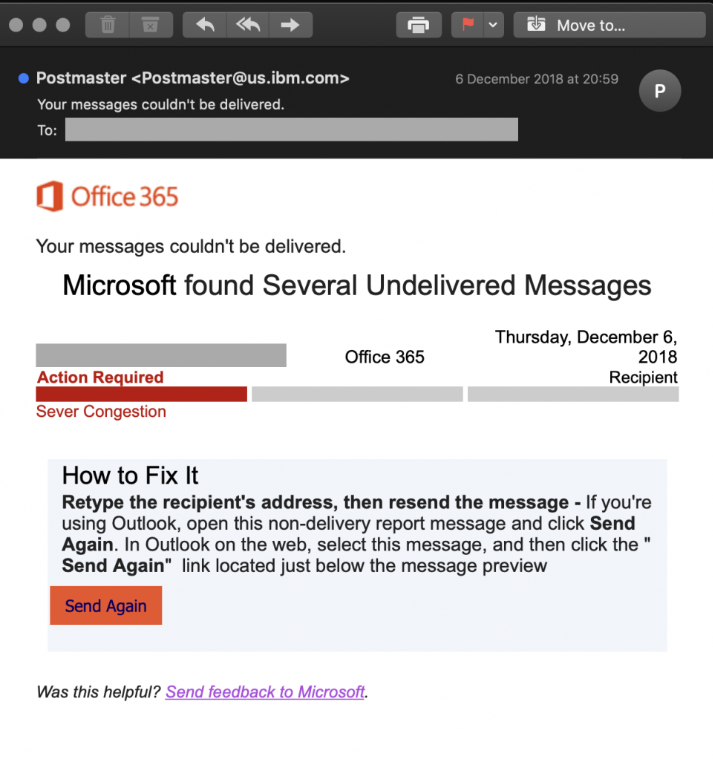

The text, style, and included logo duplicate the organization’s standard email template. Posing as the marketing director, the attacker emails a departmental project manager (PM) using a subject line that reads, Updated invoice for Q3 campaigns.A perpetrator researches names of employees within an organization’s marketing department and gains access to the latest project invoices.It’s a more in-depth version of phishing that requires special knowledge about an organization, including its power structure.

Spear phishing targets a specific person or enterprise, as opposed to random application users. Similarities between the two addresses offer the impression of a secure link, making the recipient less aware that an attack is taking place. In the above example, the /renewal URL was changed to. Lastly, links inside messages resemble their legitimate counterparts, but typically have a misspelled domain name or extra subdomains. Applying such pressure causes the user to be less diligent and more prone to error. For example, as previously shown, an email could threaten account expiration and place the recipient on a timer. In addition, attackers will usually try to push users into action by creating a sense of urgency. Using the same phrasing, typefaces, logos, and signatures makes the messages appear legitimate. As seen above, there are some techniques attackers use to increase their success rates.įor one, they will go to great lengths in designing phishing messages to mimic actual emails from a spoofed organization. An attacker sending out thousands of fraudulent messages can net significant information and sums of money, even if only a small percentage of recipients fall for the scam. This results in a reflected XSS attack, giving the perpetrator privileged access to the university network.Įmail phishing is a numbers game. However, while being redirected, a malicious script activates in the background to hijack the user’s session cookie.
#LATEST PHISHING EMAILS PASSWORD#

The email claims that the user’s password is about to expire.A spoofed email ostensibly from is mass-distributed to as many faculty members as possible.The following illustrates a common phishing scam attempt: Depending on scope, a phishing attempt might escalate into a security incident from which a business will have a difficult time recovering. In this latter scenario, employees are compromised in order to bypass security perimeters, distribute malware inside a closed environment, or gain privileged access to secured data.Īn organization succumbing to such an attack typically sustains severe financial losses in addition to declining market share, reputation, and consumer trust. Moreover, phishing is often used to gain a foothold in corporate or governmental networks as a part of a larger attack, such as an advanced persistent threat (APT) event. For individuals, this includes unauthorized purchases, the stealing of funds, or identify theft. The recipient is then tricked into clicking a malicious link, which can lead to the installation of malware, the freezing of the system as part of a ransomware attack or the revealing of sensitive information.Īn attack can have devastating results. It occurs when an attacker, masquerading as a trusted entity, dupes a victim into opening an email, instant message, or text message. Phishing is a type of social engineering attack often used to steal user data, including login credentials and credit card numbers.


 0 kommentar(er)
0 kommentar(er)
